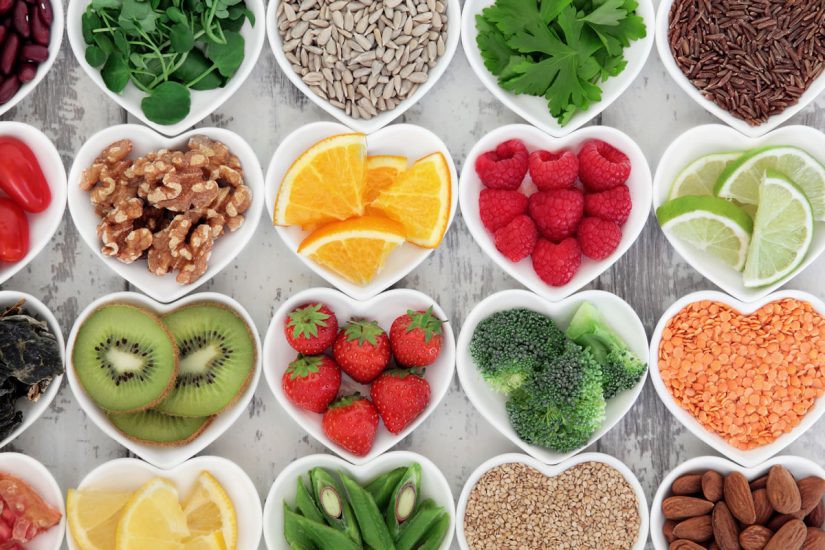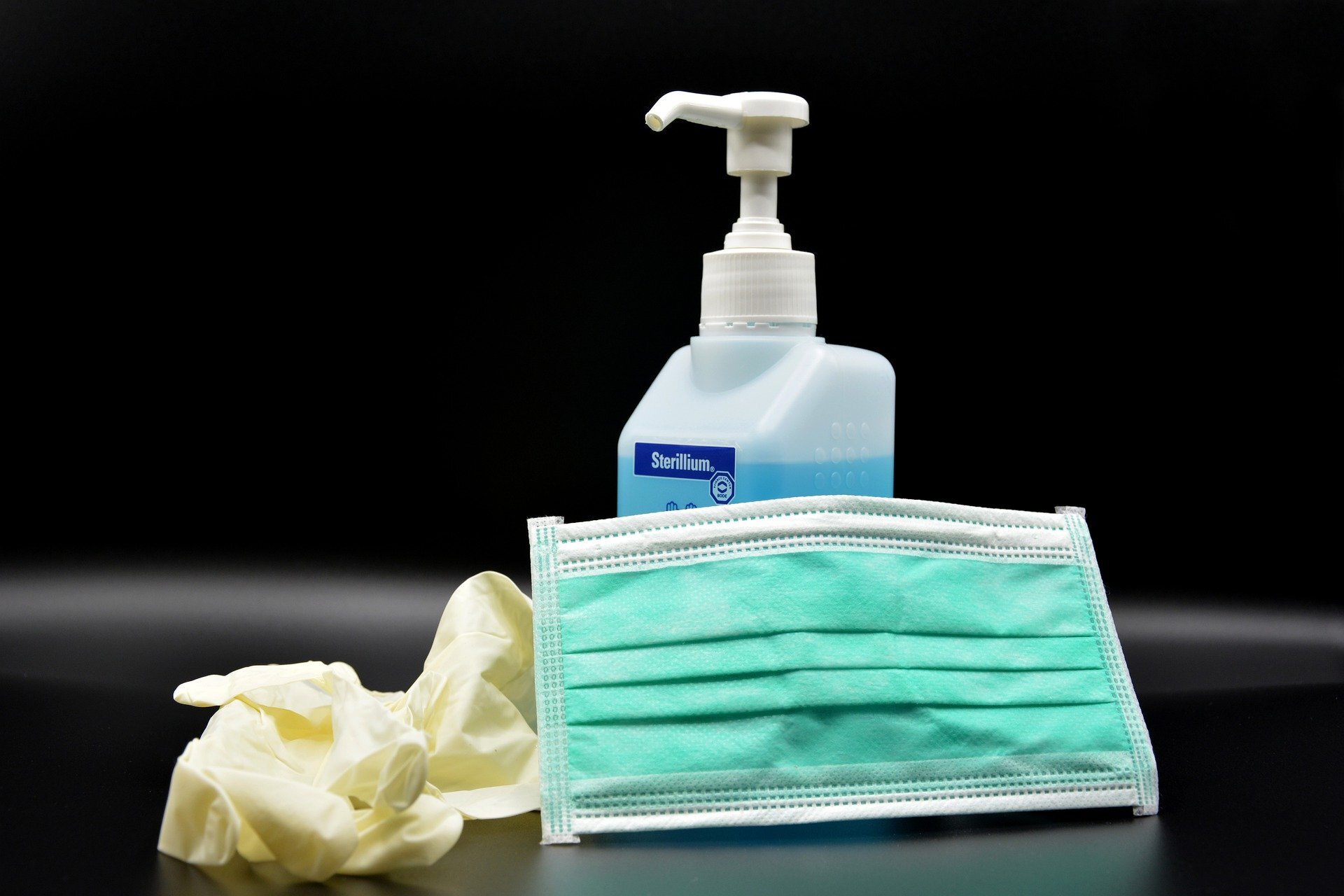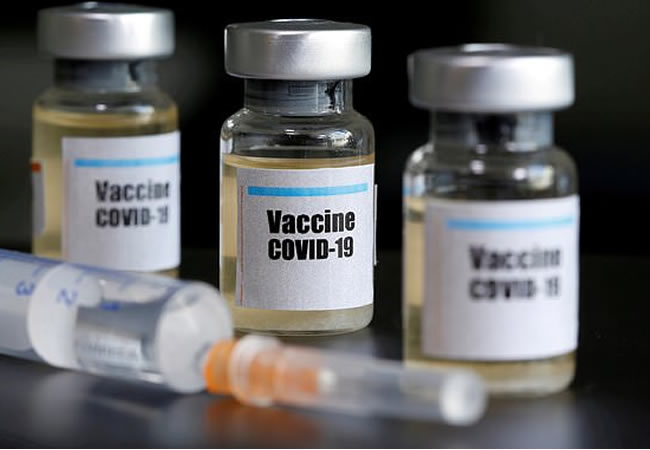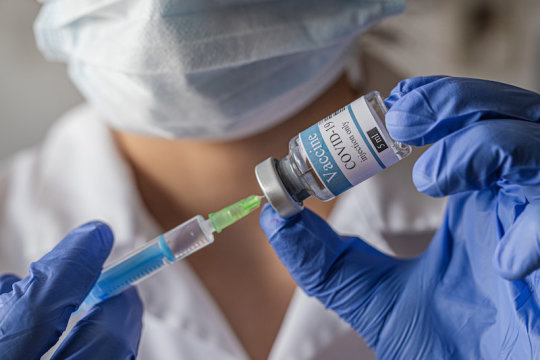- During the COVID-19 pandemic, many people are concerned about maintaining good oral health and reducing their need for additional dental appointments.
- Being mindful of which foods you eat, and which ones you avoid, can help improve your oral health.
- Experts say to avoid sugary, processed, acidic, and high carbohydrate foods without significant nutritional value.
- Instead, focus on foods that are high in fiber and contain important nutrients your mouth needs, like calcium, phosphorus, and magnesium.
Pandemic life has many of us wondering how missing out on normal dental appointments will change the likelihood of cavities, gum bleeding, oral thrush, or other oral health problems.
However, if you want to know how to optimize your oral health during the COVID-19 pandemic, start with your diet.
Loading up on comfort food is, unfortunately, not the best option for your teeth and gums.
To build strong teeth, focus on foods that are low in carbohydrates and sugars, high in fiber, and contain important nutrients your mouth needs, like calcium, phosphorus, and magnesium. Avoid sugary, processed, acidic, and high carbohydrate foods without significant nutritional value.
Let’s take a look at five foods that’ll actively promote oral health and five that’ll increase your likelihood of cavities, bleeding gums, and sensitive teeth.
Chocolate is certainly a comfort food, but without added sugar content, it can help prevent cavities by keeping certain oral bacteria in check and stopping plaque from forming on teeth.
A 2009 studyTrusted Source showed that polyphenols in cocoa, as well as certain ones in coffee and tea, successfully kill cavity-causing bacteria and create a barrier between teeth and plaque.
In 2019, researchers found that a cocoa bean mouth rinse destroyed S. mutansTrusted Source bacteria — those most responsible for cavities — equally well to a prescription mouthwash. Even better, there wasn’t evidence that it blasted away other beneficial bacteria in the oral microbiome.
Stick to cacao nibs or dark chocolate with very little to no sugar, as the extra stuff in your average Snickers bar will totally counteract the benefits of the chocolate.
2. Grass-fed dairy
Grass-fed dairy products, such as cheese and butter, are high in vitamin K2, a nutrient that is vital for healthy teeth. However, a majority of the world’s population is probably vitamin K2 deficientTrusted Source.
While all other mammals can efficiently convert vitamin K1 to K2 in the digestive system, humans don’t have the proper enzyme to make it happen.
And don’t minimize the importance of grass-fed. The enzyme other mammals have is activated by chlorophyll, so animals that live on grain and corn are probably not going to provide a vitamin K2-rich product.
Other high K2 foods that support dental health include natto, beef, goose liver pâté, eggs, and chicken liver. Bonus: Many of these foods are also high in phosphorus, a nutrient that teeth crave.
3. Fatty fish
Fatty fish is an important component of many healthy diet patterns, as it’s so high in vitamin D. This nutrient is necessary for nearly every system of the body, but one of its lesser-known benefits is its ability to reduce the riskTrusted Source of tooth decay.
Vitamin D works synergistically with vitamins A and K2 to deliver calcium to the teeth, strengthening enamel from the inside out. A deficiency in any of these nutrients can lead to weakened enamel.
Oily fish are also high in omega-3s. Omega-3 fats support gum health and may even help prevent and reduceTrusted Source symptoms of periodontitis (gum disease), which affects nearly half of adults in the United States.
In other words, if your gums regularly bleed when brushing or flossing, consider upping your omega-3 intake to reduce inflammation and bleeding.
Tuna, mackerel, salmon, and trout are some of the fish highest in both vitamin D and omega-3s.
4. Leafy greens
Greens are beneficial prebiotics within the mouth that healthy oral bacteria feed on. In contrast to high carbohydrate foods, leafy greens help the mouth produce more nitrite-reducing bacteria. In turn, your mouth and cardiovascular system benefit from an increaseTrusted Source in nitric oxide.
Not only will leafy greens leave your teeth feeling cleaner, but they’ll also actively support a healthier oral microbiome.
Darker leafy greens are best for teeth, as they’re also high in minerals your teeth uptake during remineralization to strengthen their structure. Good examples of these include kale, spinach, turnip greens, Swiss chard, and arugula.
5. Grapefruit and oranges
While acidic foods can have a negative effect on teeth, grapefruit, oranges, and other citrus fruits can actually benefit oral health when eaten in moderation.
Both grapefruit and oranges contain high levels of vitamin C, which strengthens the blood vessels and connective tissues within the mouth. It slows the progression of gum inflammation that could otherwise lead to gum disease.
A 2005 studyTrusted Source found that after just 2 weeks of daily grapefruit consumption, participants had improved their vitamin C levels and reduced bleeding gums.
1. Crackers
Patients have been surprised for years when I tell them that crackers, not candy, are probably the most dangerous foods for oral health.
The carbohydrates in crackers like saltines or Goldfish break down quickly in the mouth and, within seconds, are just sugar for pathogenic bacteria to feast on. As the bacteria chow down, they excrete acid onto teeth that can lead to plaque buildup and tooth decay.
Craving crackers but want to protect your teeth? Try a brand made from just seed and nuts but no wheat.
2. Dried fruit
The term “fruit” makes it sound healthy, but dried fruit has been stripped of all water. What’s left behind is similar to a sticky caramel that feeds sugar to the oral microbiome.
Combine this with the low pH of many fruits, and you’re left with a sneaky culprit behind cavities.
Whole fruit is far more beneficial to oral health, in part because of the water it contains.
3. Soda (yes, even diet soda)
Apart from their high sugar content, all sodas — even the ones with zero calories — contain a great deal of acid. On the pH scale, many common soft drinks rank between 2 and 3, which is highly acidic even compared with drinks such as coffee.
Acidity to this level within the mouth is more than likely going to contribute to decay, gum inflammation, and a general dysbiosis of the oral microbiome.
If you want to indulge with soda but protect your teeth, drink it over a short period of time — don’t sip for hours on end — and swish with water immediately after to provide a buffer for your teeth. Wait about 45 minutes, then brush your teeth.
4. Kombucha
Kombucha is generally considered a healthy drink because it contains healthy bacteria and many antioxidants that help the body fight disease.
However, many brands of kombucha contain a significant amount of added sugar and don’t actually contain active bacteria. In this case, the benefits may outweigh the drawbacks.
To get a kombucha that is good for your oral and gut health, look for one that has visible particles — leftover from the SCOBY used to brew it — and no added sugars.
After finishing a serving, rinse your mouth with water, then brush 45 minutes later to prevent acid attacks from opportunistic, sugar-loving bacteria.
5. Beans and lentils
Beans and lentils are foods often considered healthy — for good reason — but the presence of phytic acid might mean that they contribute to tooth decay.
Phytic acid binds to nutrients such as calcium, phosphorus, vitamin D, and magnesium and may make it more difficult for your teeth to absorb them.
Deficiencies of nutrients like these can make you more susceptible to cavities and periodontitis.
The good news is that beans and lentils, when stripped of excess phytic acid, actually promote good health.
To eliminate phytic acid, consider soaking your beans, lentils, and other grains overnight before eating them. You can also buy sprouted grains, which means their phytic acid content has already been reduced.
Mark Burhenne, DDS, is the co-founder of AsktheDentist.com and the #1 bestselling author of The 8-Hour Sleep Paradox. He’s on a mission to empower people everywhere with the same evidence-based, easy-to-understand dental health advice his patients get.




